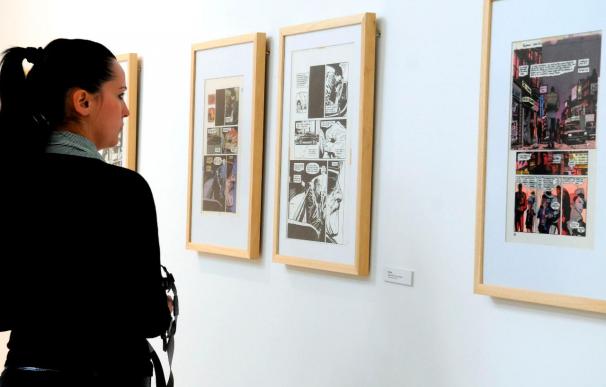
In this case there is the seeming opposition of the theoretical and the actual theory isn’t ‘real’ in the same way a building is, but the building could not stand without the theory. There’s quite a bit of corny and/or bawdy humor in this book (even in the title) even if the overall tone is more somber and reflective.Asterios Polyp is what’s called a paper architect “that is to say, he was an esteemed architect whose reputation rested on his designs, rather than on the buildings constructed from them… In fact, none of his designs had ever been built.” Contradictions such as this one occur constantly throughout Asterios Polyp, leading the reader to question their assumptions and beliefs, as well as opening the door to philosophical debate.It appears that no detail in this book is accidental: In addition to numerous winks to famous cartoonists, notice how brand names and background art often comments on the story.How would you describe DM’s page layouts? Is there an underlying grid or a more organic use of design?.How is color used in different ways throughout the book?.Repeat views of Asterios’ apartment and other domestic spaces over time.What other uses does he make of lettering?


This time we’ll be discussing Asterios Polyp, by David Mazzucchelli.Īs we did last time, we’re planning to start by showing some slides to introduce a topic of cartooning that is related to Mazzucchelli’s book. This Saturday, December 17, we’ll be hosting a final live book club meeting in the Dweck Center at the central branch of the Brooklyn Public Library.


 0 kommentar(er)
0 kommentar(er)
